Egypt, a land where history whispers from ancient stones and modern cities pulse with culture and life. This journey takes us through the heart of Egypt, from monumental temples to bustling, cosmopolitan streets. Each destination in this series unveils a different facet of Egypt’s rich tapestry, inviting travellers to step into a world where every corner tells a story.

The Pyramids of Giza, situated on the outskirts of Cairo, are the most iconic symbols of Egypt. The complex includes the Great Pyramid of Khufu, one of the Seven Wonders of the Ancient World, alongside the pyramids of Khafre and Menkaure. These structures, built over 4,500 years ago, continue to awe and mystify visitors and scholars alike.
Near the Great Pyramid stands the Sphinx, a colossal statue with the body of a lion and the head of a pharaoh, believed to represent Pharaoh Khafre. The Sphinx has captivated the imaginations of travellers for centuries, with its enigmatic expression and grand scale.
The construction of the pyramids remains one of the greatest architectural feats in human history. Visitors can explore the complex’s various structures, including the smaller queen’s pyramids, the mortuary temples, and the surrounding mastaba tombs, which provide insight into ancient Egyptian burial practices and beliefs about the afterlife.

The Karnak Temple Complex in Luxor stands as a testament to the architectural brilliance and religious fervor of Ancient Egypt. Spanning over 200 acres, Karnak is not just a single temple but a vast conglomeration of temples, chapels, pylons, and other buildings. It represents an accumulation of structures built and enhanced by generations of pharaohs over a period of 1500 years.
One of Karnak’s most awe-inspiring features is the Great Hypostyle Hall, a massive space filled with 134 colossal columns arranged in 16 rows. Each column, intricately inscribed with hieroglyphics and carvings, rises to a staggering height, creating a sight that is both overwhelming and majestic.
The temple was dedicated to the Theban triad of Amun, Mut, and Khonsu, with each having their own precinct within the complex. The annual Opet Festival, where statues of these gods were paraded from Karnak to Luxor Temple, was a significant event, symbolizing the rejuvenation of royal power.
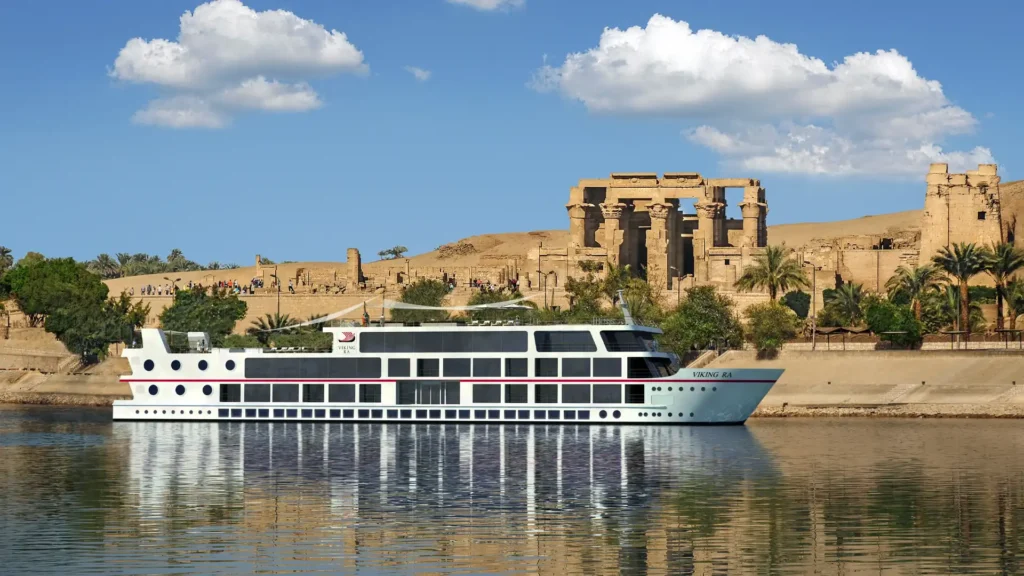
A Nile River cruise offers a unique perspective on Egypt, combining leisurely travel with the exploration of ancient sites. These cruises typically run between Luxor and Aswan, passing through a landscape filled with temples, tombs, and timeless villages.
Cruises along the Nile often include stops at key historical sites like the Temple of Luxor, the Valley of the Kings, Edfu, and Kom Ombo. These excursions provide an intimate look at the monuments and an understanding of their historical significance.
Life on the Nile has a rhythm of its own, unchanged for centuries. As the cruise ship sails, passengers witness scenes of daily life on the riverbanks: farmers tending to their fields, fishermen casting their nets, and children playing by the water’s edge. It’s a chance to see a side of Egypt that remains connected to its ancient roots.
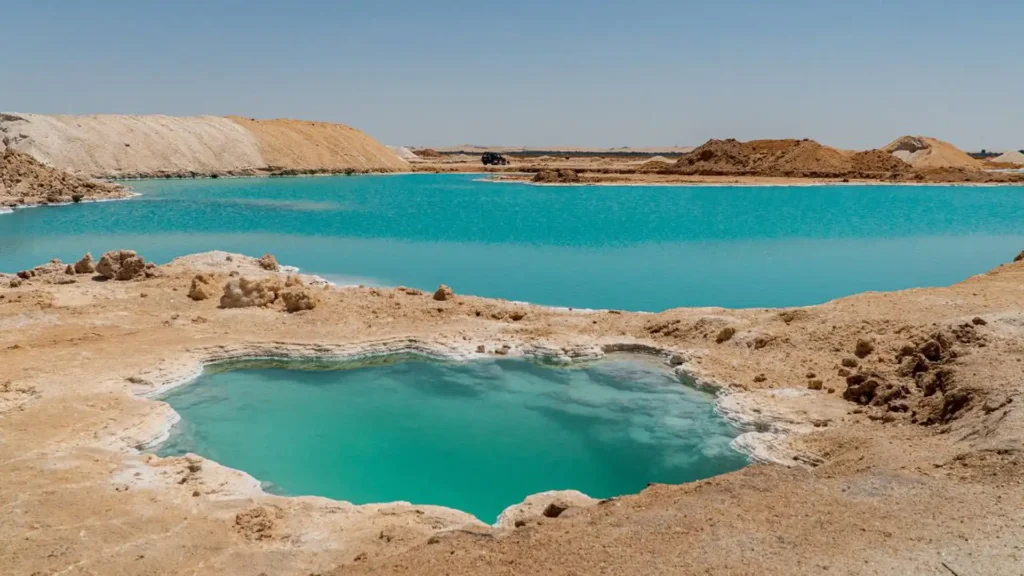
Siwa Oasis, situated in Egypt’s Western Desert near the Libyan border, is a serene and mystical destination. Known for its rich Berber culture, lush palm groves, and crystal-clear springs, Siwa offers a tranquil escape from the hustle of modern life. This remote oasis has a history that stretches back millennia, evident in its ancient ruins and unique customs.
Siwa Oasis is historically renowned for the Temple of the Oracle of Amun, where Alexander the Great was confirmed as the son of Amun. The ruins of this once-great temple still resonate with the tales of pilgrims who journeyed here seeking divine wisdom.
Siwa’s natural beauty is matched by its cultural richness. The Siwan people, with their distinct language and traditions, offer a glimpse into a way of life that has been preserved for generations. Visitors can explore the traditional mud-brick architecture of Shali, the ancient fortress town at the heart of the oasis, and sample local delicacies like dates and olive oil.
The oasis is dotted with natural springs and salt lakes, providing opportunities for relaxation and rejuvenation. The Cleopatra’s Bath, a natural spring where the legendary queen is said to have bathed, is a popular spot. The surrounding salt lakes, with their therapeutic properties and stunning views, offer a perfect setting for unwinding and experiencing the serene ambiance of Siwa.

On the west bank of Lake Nasser in southern Egypt, the Abu Simbel temples stand as an enduring testament to ancient Egyptian architectural prowess and the ambitions of Pharaoh Ramses II. Carved out of solid rock in the 13th century BCE, these imposing structures were originally constructed to commemorate Ramses II’s victory at the Battle of Kadesh and to honour his queen, Nefertari.
In the 1960s, a monumental international effort saved Abu Simbel from being submerged by the rising waters of the Nile due to the construction of the Aswan High Dam. This remarkable engineering feat involved cutting the temples into large blocks, lifting them piece by piece, and reassembling them on an artificial hill, 65 meters higher than their original location.
Twice a year, on October 22 and February 22, an extraordinary event occurs. The sun’s rays penetrate the inner sanctuary of the Great Temple, illuminating the statues of Ramses and two gods, while leaving the statue of Ptah, the god of darkness, in shadow. This phenomenon attracts thousands of visitors, who flock to witness this ancient astronomical alignment.
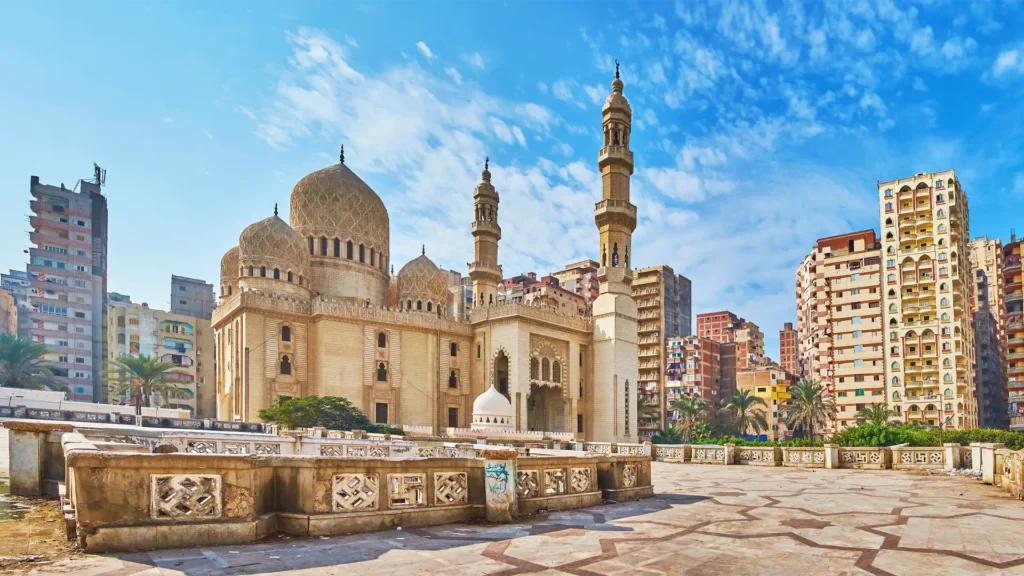
Alexandria, founded by Alexander the Great in 331 BCE, has long been a symbol of cultural and intellectual achievement. This port city, known as the “Pearl of the Mediterranean”, has been home to philosophers, poets, and scholars, and its famed Library of Alexandria was a beacon of knowledge in the ancient world.
Today, Alexandria is a vibrant city where history and modernity coexist. Visitors can stroll along the Corniche, a waterfront promenade, and explore historical sites like the Roman Amphitheatre and the catacombs of Kom el Shoqafa. The Bibliotheca Alexandrina, a modern architectural marvel, pays homage to the ancient library and serves as a cultural hub.
Beyond its historical allure, Alexandria offers a rich culinary experience, blending Greek, Turkish, and Lebanese influences with traditional Egyptian flavours. Seafood is a staple, with local restaurants serving up dishes like Sayadeya, a seasoned fish and rice dish, offering a taste of the Mediterranean.

The Temple of Philae, originally located on Philae Island in the Nile River, is dedicated to Isis, the ancient Egyptian goddess of magic and motherhood. The temple complex, with its intricate carvings and hieroglyphs, is a masterpiece of Ptolemaic architecture, portraying stories of gods and pharaohs.
Like Abu Simbel, the Temple of Philae was relocated to its current location on Agilkia Island in the 1960s to save it from the rising Nile waters. This painstaking process preserved its magnificence for future generations, maintaining its serene and mystical atmosphere.
The Philae Temple transforms into an enchanting spectacle during its sound and light show, where colourful lights and dramatic narration bring the temple’s storied past to life. As visitors wander through the illuminated ruins, the voices of Isis and Osiris recount the temple’s history, creating an unforgettable experience.
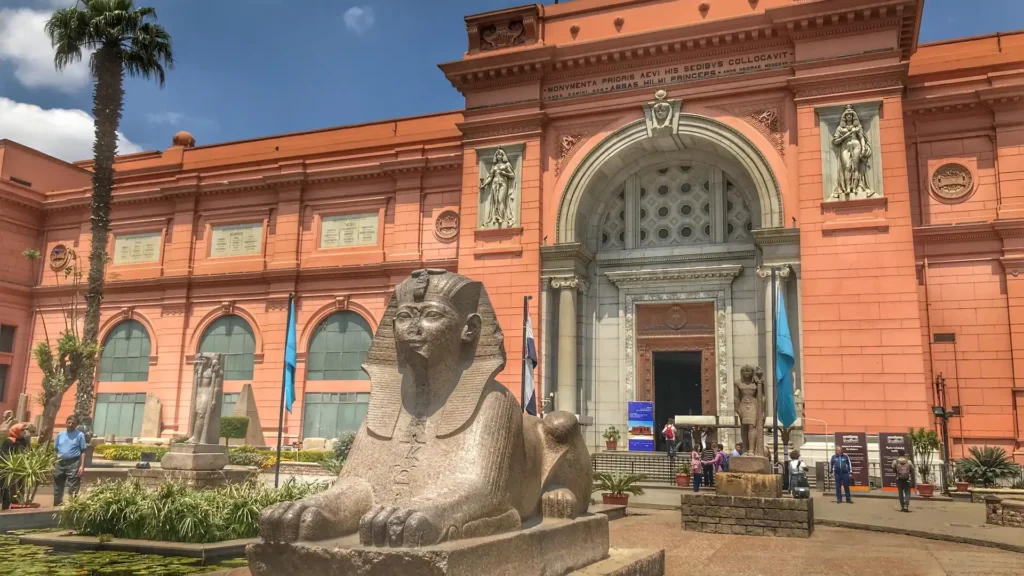
The Egyptian Museum in Cairo, located in the heart of the city near Tahrir Square, is a gateway to the ancient world. Home to an extensive collection of over 120,000 items, the museum offers a journey through Egypt’s rich and lengthy history. From prehistoric artefacts to the opulent treasures of the pharaohs, each exhibit tells a story of the past.
Among the museum’s most celebrated exhibits is the collection of treasures from the tomb of Tutankhamun, discovered in 1922 by Howard Carter. The famous gold mask of the boy king, along with other exquisite items like his throne, chariots, and jewellery, are displayed, providing insight into the life and death of the young pharaoh.
Beyond the main attractions, the museum houses a multitude of artefacts that span Egypt’s history. These include intricate jewellery, impressive sarcophagi, and an array of everyday items that offer a glimpse into the lives of ancient Egyptians. The Royal Mummy Room, an additional highlight, allows visitors to come face-to-face with the mummies of some of Egypt’s most famous rulers.

Islamic Cairo is not just a district but a living museum filled with wonders from the Islamic world. This area, known for its historic mosques, madrasas, and monuments dating back to the Fatimid through to the Mamluk periods, exudes an aura of timelessness. Its winding lanes and bustling souks are imbued with the essence of medieval Cairo.
The district is home to some of the most beautiful Islamic architecture in the world. The Mosque of Ibn Tulun, with its vast courtyard and unique minaret, and the Al-Azhar Mosque, one of the oldest universities in the world, are just two examples. These structures are not only places of worship but also serve as community centres and hubs of learning.
At the heart of Islamic Cairo lies the Khan El Khalili bazaar. This sprawling market, buzzing with activity, offers everything from traditional crafts to aromatic spices. Wandering through its alleys, visitors can experience the lively atmosphere and perhaps haggle for souvenirs. The bazaar is also home to traditional coffee shops, where one can enjoy a cup of Egyptian coffee or tea.
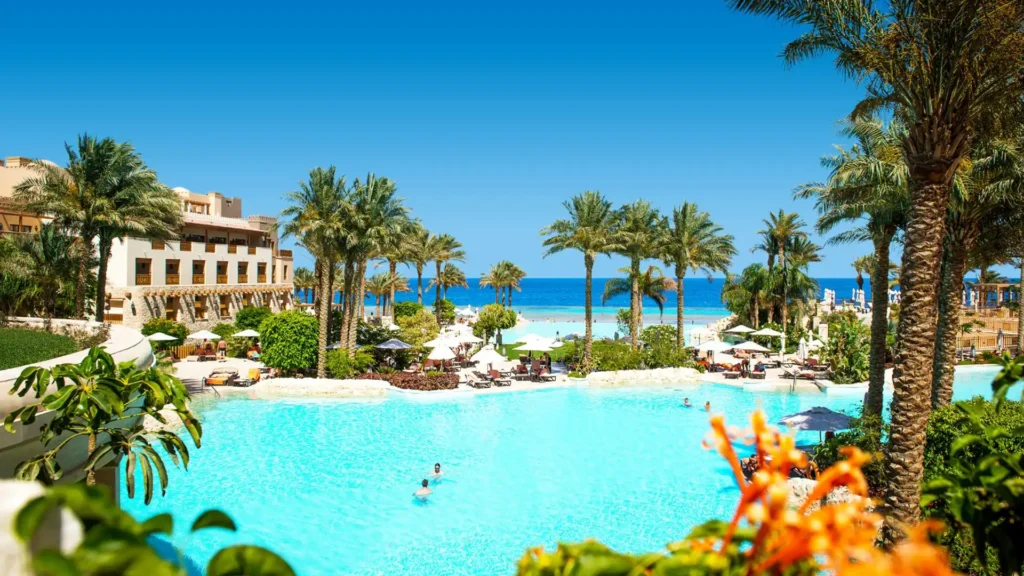
The Red Sea coast of Egypt is renowned for its crystal-clear waters, vibrant coral reefs, and luxurious resorts. Areas like Sharm El Sheikh, Hurghada, and Marsa Alam offer a perfect blend of relaxation, adventure, and luxury. These resorts have become a haven for sun-seekers, divers, and anyone looking to escape into a world of beauty and tranquility.
The Red Sea is a diver’s paradise, known for its warm waters, stunning visibility, and rich marine life. Diving spots like Ras Mohammed National Park and the Thistlegorm wreck provide unforgettable underwater experiences. For those who prefer staying above water, activities like windsurfing, kitesurfing, and sailing are readily available.
The resorts along the Red Sea are equipped with world-class amenities, including spas, fine dining restaurants, and golf courses. Many resorts also offer excursions to nearby historical sites, combining leisure with cultural exploration.